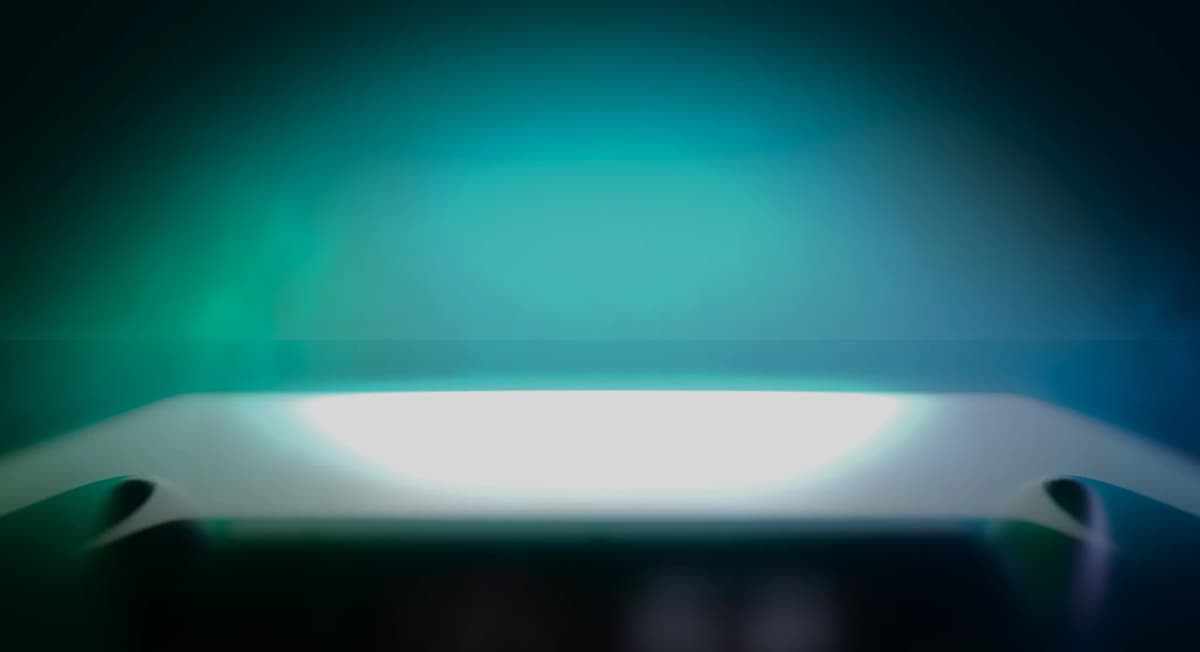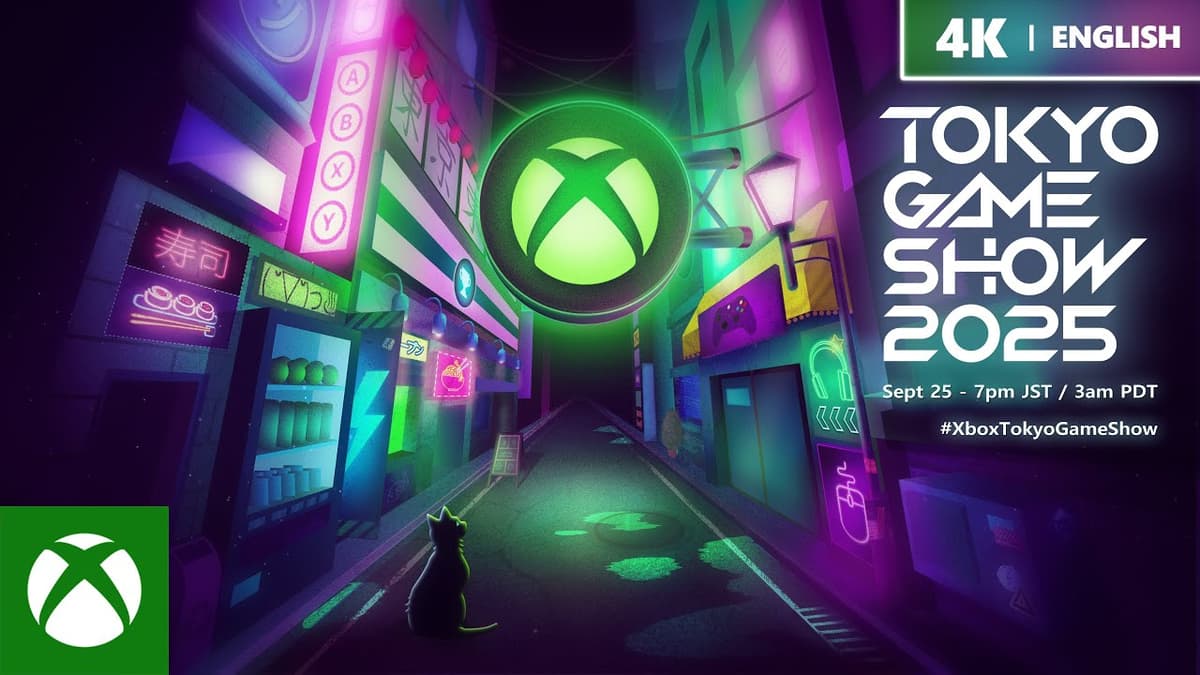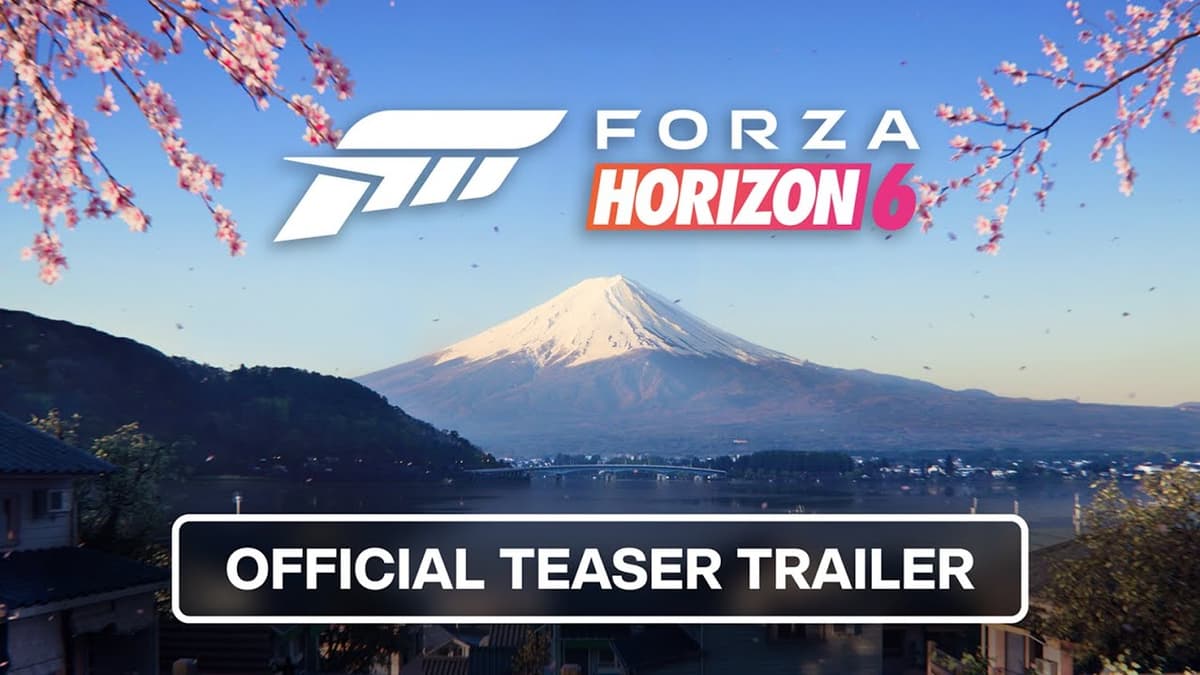
At Tokyo Game Show 2025, Microsoft Gaming head Phil Spencer confirmed what we’ve suspected for years: Xbox’s future is less a standalone machine and more a living, breathing ecosystem. The ROG Xbox Ally X—Microsoft’s handheld co-developed with ASUS—isn’t the finish line, but a proof of concept for how Xbox software, saves, and services will flow between console, PC, and cloud. “I think the hardware that we, Microsoft, announce as a first-party will be the next console,” he said, positioning the Ally X as a glimpse of things to come.
We’re in a handheld renaissance. Valve’s Steam Deck and Lenovo’s Legion Go showed there’s massive appetite for PC-quality gaming on the go, while Nintendo’s Switch proved the hybrid model mainstream. Xbox flirted with cross-platform ideas—Play Anywhere, Game Pass Cloud, Quick Resume—but its hardware and OS haven’t always cooperated. TGS 2025 made it clear: the next Xbox will be built around portability and continuity from day one, not shoehorned in after launch.
Current Series X|S consoles aren’t going anywhere—they’ll be the home base for raw power and local multiplayer. But imagine a mesh network where your living room box syncs in the background with your handheld or laptop. Suspend a game on your Series X, step out the door, and resume on your Ally X (or PC) without a hiccup. Cloud servers fill gaps when bandwidth dips. If Microsoft nails this trifecta—console power, seamless handoff, and reliable cloud—they’ll redefine what “next-gen” means.

We’ve heard grand visions before, only to be bitten by technical snags. Windows handhelds can feel like wrangling a techno-gremlin: OS prompts, driver updates, anti-cheat conflicts, and Xbox app tantrums. Cloud gaming is magical until your train tunnels or Wi-Fi flares up. For Spencer’s ecosystem pitch to work, three core challenges must be solved:
None of these are impossible. Microsoft could leverage its Azure network to host quick-resume blobs, use PlayFab for user state management, and build a lightweight secure kernel on handhelds for anti-cheat and DRM. If the end result feels like “Xbox everywhere,” Spencer’s vision lands. If it’s just a PC with a green logo, we’ll be back to complaining about Windows quirks.

Under the hood, true cross-device continuity demands:
To deliver a seamless ecosystem, Microsoft could:
Spencer said Japanese players now spend “20% more time” on Xbox year-over-year across console, PC, and cloud. That stat is true—but it’s relative to a small base. Xbox has historically struggled in Japan since the original Xbox. The Xbox 360 era saw brief success with JRPGs like Mistwalker’s Blue Dragon and Lost Odyssey, but traction faded.
This time, Microsoft is playing the long game: partnerships with Koei Tecmo, Capcom, Square Enix, and even Hideo Kojima’s new studio. They’re dropping Japan-themed DLC in Forza and Microsoft Flight Simulator. But hardware matters. If the next Xbox is truly portable with day-one localizations, built-in Japanese input, and power profiles suited to train commutes, it could tap into Japan’s mobile gaming culture. Otherwise, flashy announcements in Makuhari Messe won’t move the needle.

Interested in the ROG Xbox Ally X? Here’s who it makes sense for, and who should wait:
If you’re itching for a glimpse of Xbox’s portable future and don’t mind the odd Windows quirk, the ROG Xbox Ally X is a solid preview. But if you want a true console-like experience in handheld form—streamlined, unified, frictionless—your best bet is to wait for Microsoft’s first-party next-gen device. That’s when Xbox’s ecosystem vision really comes together, with hardware and software built hand-in-hand to deliver Xbox everywhere.
Phil Spencer calls the ROG Xbox Ally X a stepping stone, not the destination. Microsoft’s next-gen Xbox will be a seamless ecosystem across console, PC, and cloud—portable, continuity-driven, and ready to live in your pocket. The question is whether they can kill the Windows-handheld friction and deliver “Xbox everywhere” in reality, not just in hype.
Get access to exclusive strategies, hidden tips, and pro-level insights that we don't share publicly.
Ultimate Gaming Strategy Guide + Weekly Pro Tips